How to Make an Older Adult’s Life More Comfortable at Home
Summary
– Step 1: Optimize light
– Step 2: Promote mobility
– Step 3: Maximize accessibility
– Step 4: Optimize temperature
– Step 5: Room-by-room improvements
– Step 6: Additional tips for keeping someone at home
Most seniors want to live at home independently for as long as possible. However, as they age, the challenges they face will multiply. Therefore, it is vital to ensure that the older adult’s home is well equipped to make life easier and avoid the many possible accidents.
Here are some tips to follow.
1. Optimize the light
The elderly person must be able to see where he or she is stepping so as not to fall. The lighting also allows them to see what they are taking from a cupboard or what they are doing. Therefore, it is helpful to multiply the points of light and provide windows offering maximum clarity.
Also, remember to:
– Avoid extension cords or wires lying around (multiply electrical outlets if you must).
– Prefer ceiling lights.
– Install switches that are easy to locate and turn on and off, especially near the bed, in the hallways, at the entrance, etc.
– Provide lighting in closets.
– Choose windows that are easy to open, with electric shutters if possible.
2. Encourage mobility
To encourage mobility for seniors in their homes:
– Declutter the space to make it easier to move around freely in areas of passage around the bed.
– Provide support points:
◦ wall-mounted grab bars near the tub or shower;
◦ handrails on stairs or even hallways;
◦ furniture strong enough to lean on if needed.
– Avoid carpets: older adults are likely to get their feet caught in them.
– Choose non-slip floors in the kitchen and bathroom and install non-slip mats in the bathtub and shower.
– On the other hand, think about placing seats everywhere to facilitate resting whenever desired.
3. Maximize accessibility

Making life easier for an older person also means making sure that:
– the sofa is comfortable;
– the entrance doors (of the building and the home) are not too heavy to push;
– the bed is accessible from both sides (which is more comfortable, as the person does not need to go around to lie down)
– the height of the bed is adapted (wooden wedges can raise it, for example);
– the dishes can be done sitting down;
– the cupboards are not placed too high or too low;
– the taps are easy to reach and easy to use (a mixer faucet, for example, is more prominent);
– the telephone is placed in several places (in the bedroom and the living room, for example);
– the kitchen worktop is easy to clean;
– the shower is equipped with a seat;
– the toilet is raised…
4. Optimize the temperature
The older adult’s home must have a comfortable temperature: it should not be too cold in winter or too hot in summer.
– In the summer, it is necessary to be able to easily blackout windows so that the heat does not penetrate too much. Windows should be easy to open, and a cooling system or air conditioning can be installed in one room.
– In winter, heating should be convenient and safe (have it checked before the first cold weather).
Keeping an elderly or disabled person at home is possible with minor adjustments.
5. Room by room arrangements
Here is a room-by-room overview of the arrangements to be made:
– Living room:
◦ Install a sofa or chair that is easy to get up from.
◦ Place a wheeled sideboard nearby to place and carry everyday items, especially meals.
◦ Provide for easy use of high-tech appliances: for example, a single remote control with large buttons for the television.
◦ Proscribe carpets in which feet are easily caught.
– The room:
◦ It should be located on the first floor.
◦ The bed should be high and firm so that it is easy to get in and out of.
– Kitchen:
◦ It must be equipped with safety features to prevent domestic accidents: cooking stop, smoke detector, etc.
◦ I prefer a mixer faucet, which is easier to handle.
◦ Limit sharp objects to their strict minimum.
◦ Install a clock and a memo with the order of meals and medications taken.
◦ If the person is in a wheelchair: have a work surface placed at their height.
– Bathroom and toilet:
◦ They should be located on the ground floor and equipped with a grab bar.
◦ In the bathroom, install a walk-in tub or walk-in shower.
6. Additional tips for keeping a person at home.
On the other hand, other arrangements can facilitate maintenance at home:
– In terms of storage:
◦ Choose closets with sliding doors.
◦ Only leave what is necessary, placed at shoulder height at most.
– Declutter rooms as much as possible.
– Place several telephones in the house at strategic points.
– Place at least one chair in each room.
– Install electric shutters.
– Invest in tele assistance equipment such as a monitoring bracelet or medallion, etc.
Don’t forget that you can benefit from a tax credit for renovation done for people with reduced mobility!

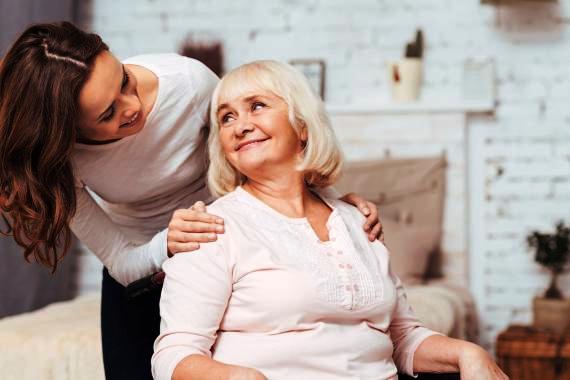
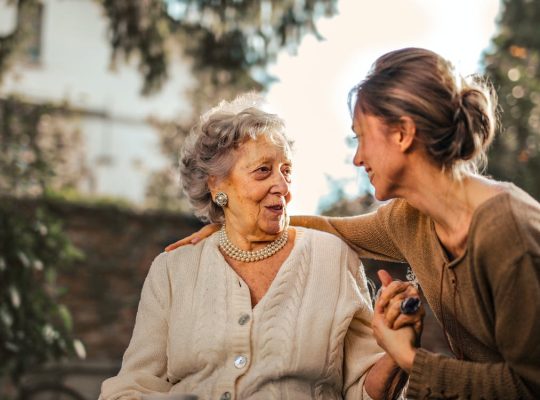
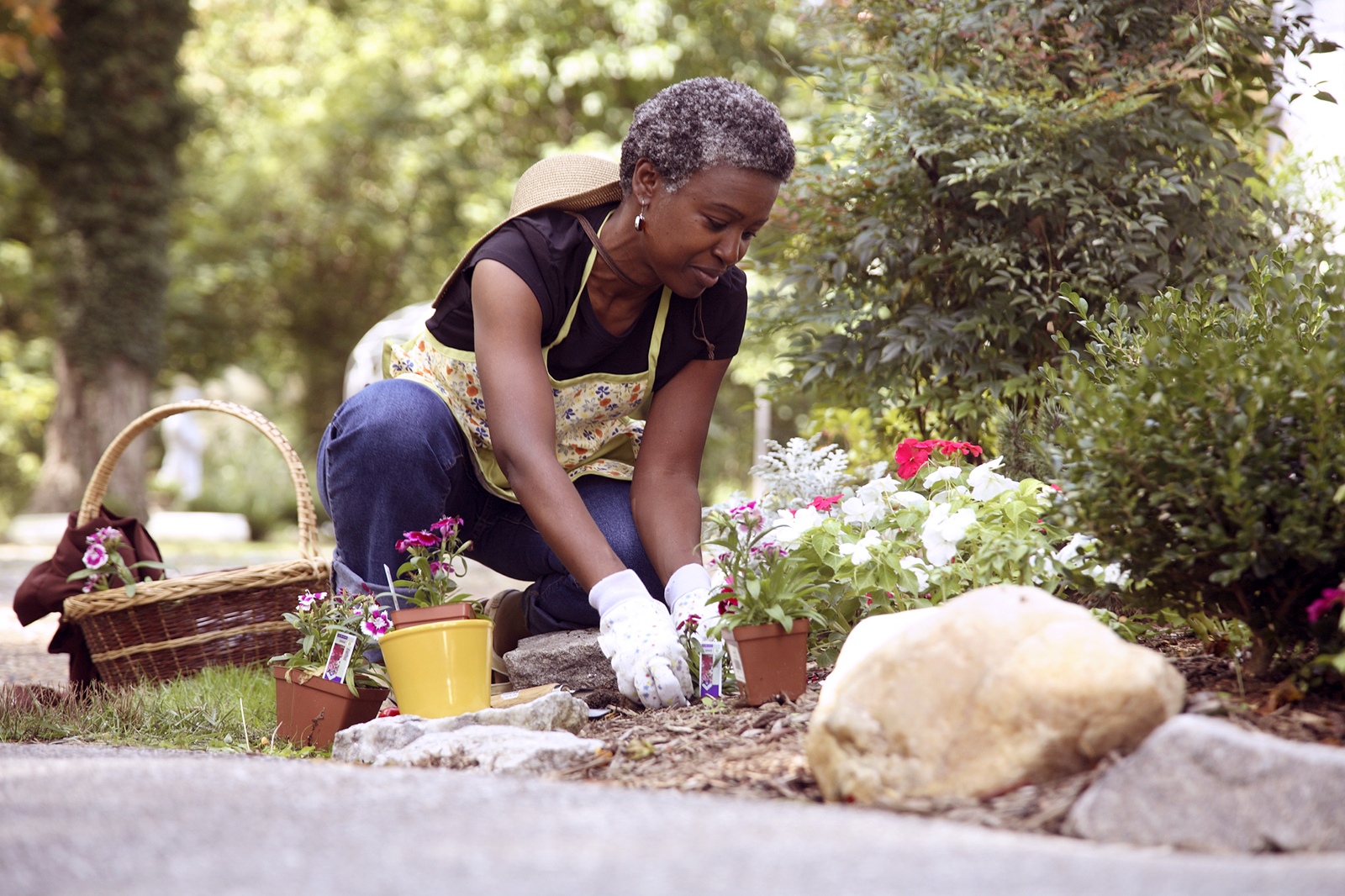
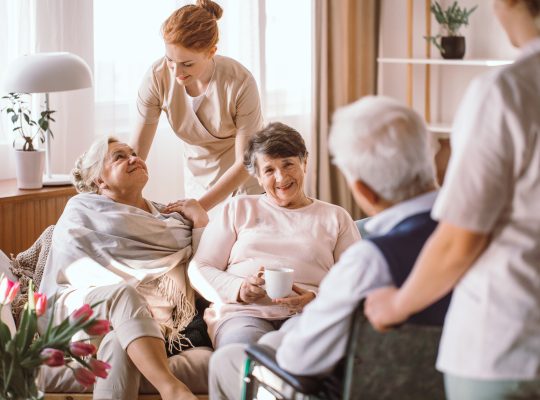
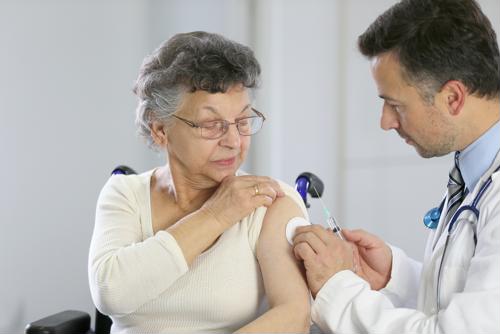
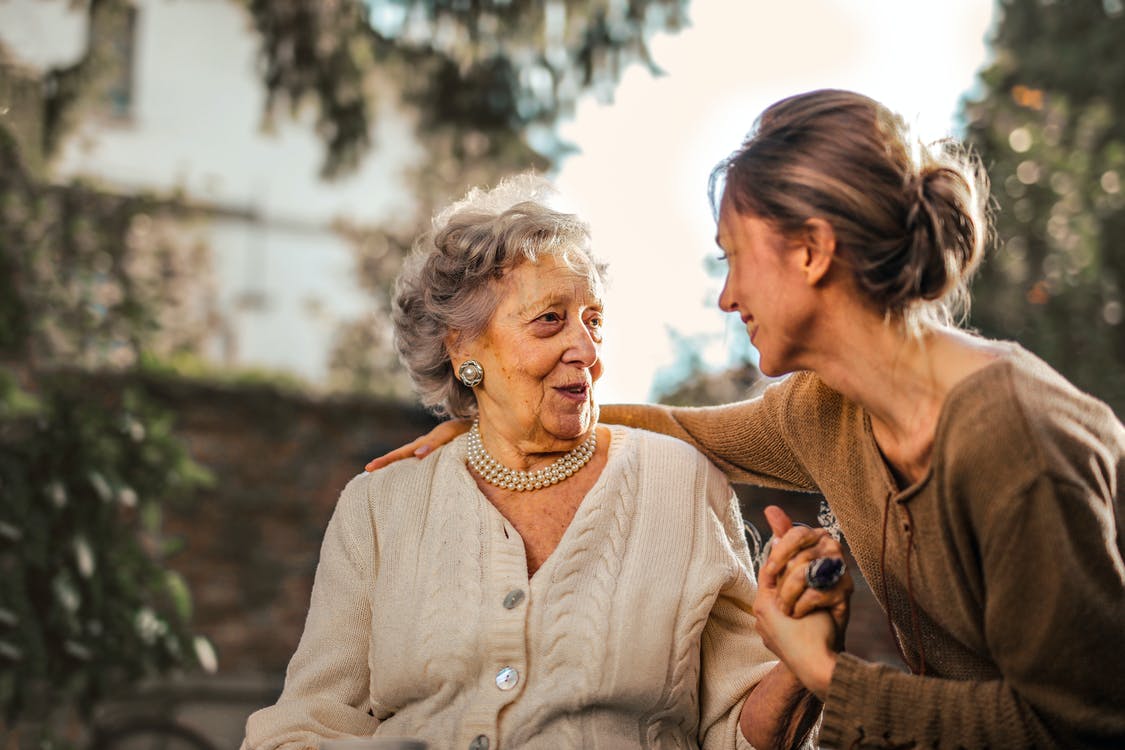
[…] Sound off in the comments section below and tell us what you want to read next and if you want to read more about music. […]